
RichardHS
gamer level 3
781 xp
781 xp
followers
17
17
Use my invite URL to register (this will give me kudos)
https://boardgaming.com/register/?invited_by=richardhs
profile badges
...
...
...
...
recent achievements

Subscribed to BG News
Subscribe to the weekly BoardGaming.com newsletter (from the home page).
Subscribe to the weekly BoardGaming.com newsletter (from the home page).

Reporter Intern
Earn Reporter XP to level up by completing Reporter Quests!
Earn Reporter XP to level up by completing Reporter Quests!

Observer
Follow a total of 10 other gamers.
Follow a total of 10 other gamers.

Gamer - Level 3
Earn Gamer XP to level up!
Earn Gamer XP to level up!



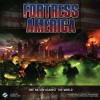
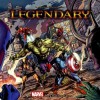


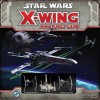












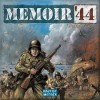

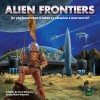
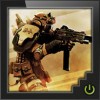






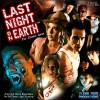
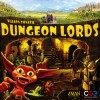




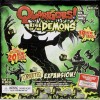


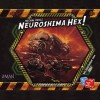
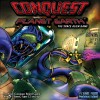






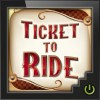













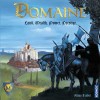


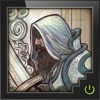
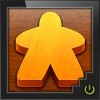
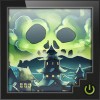
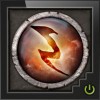

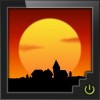
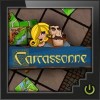
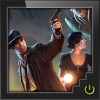
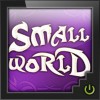
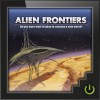
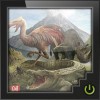
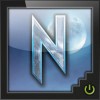

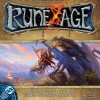

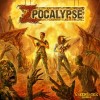


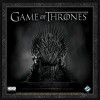
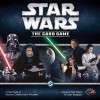
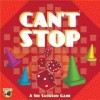
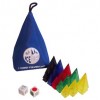
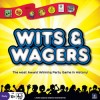
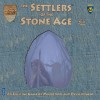

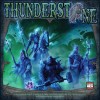
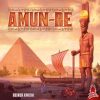
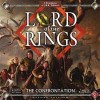



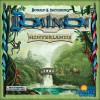






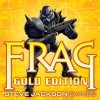






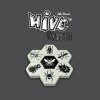

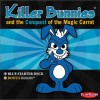

















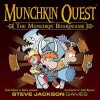





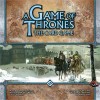






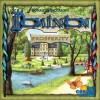
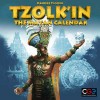






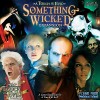
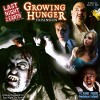





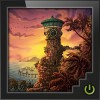
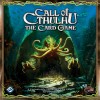

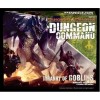

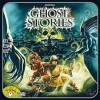
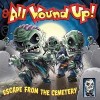





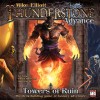




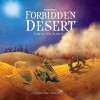



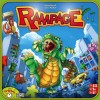



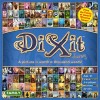




















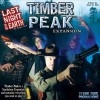
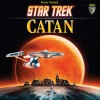
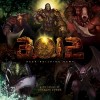










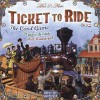
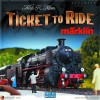






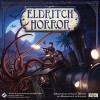


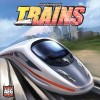


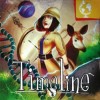


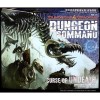
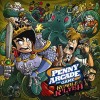
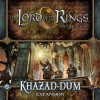





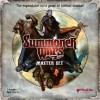






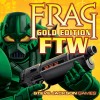


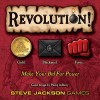


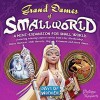
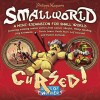

































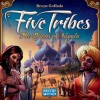
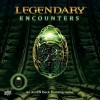
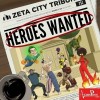
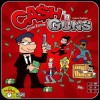
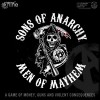











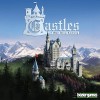
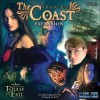

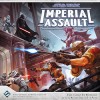








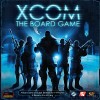




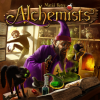

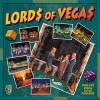



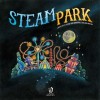

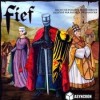















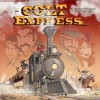




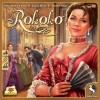



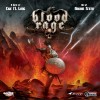
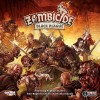
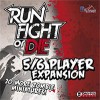
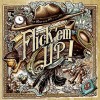

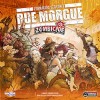

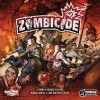

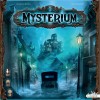
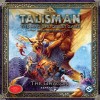





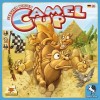
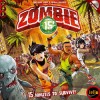

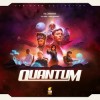


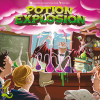

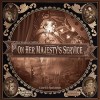



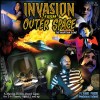


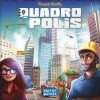
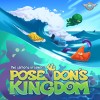
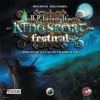


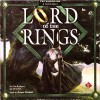

![Go to the [redacted] page Go to the [redacted] page](https://boardgaming.com/wp-content/uploads/2014/10/redacted-65x100.jpg)


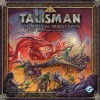
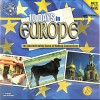
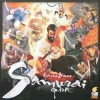

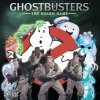

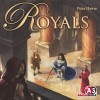



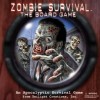



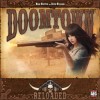

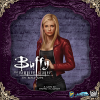
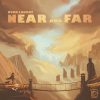







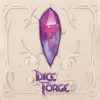


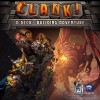


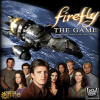
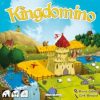

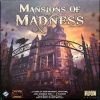








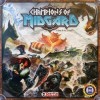
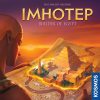







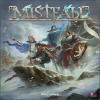
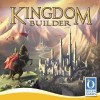


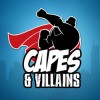



Fantastiqa
I have played this game at least 20 times now and never seem to tire of it. It’s a deck builder. It’s a board game. It’s a strategy game. It’s one of the best-produced products to come on the market in some time. And….it’s just plain fun.
There’s a story as to how you have entered a fantasy realm where common household items have magically become weapons that can defeat creatures blocking your path, but I won’t go into that. It’s a well-written piece at the beginning of the rule book that brings the game to life.
GAMEPLAY
You start with a preset deck of cards, from which you draw your starting hand. On the board, there are randomly placed locations disks which have randomly placed statues (Gryphon, Tower and Chalice). Between the six locations, there are paths upon which creature cards are placed. Each creature card has two icons on it – at the bottom, the weapons that must be played in order to defeat it (put it into your hand — the deck-building aspect), and one in the upper left corner, which is the weapon you gain in order to defeat more powerful creatures. To move from one location to another, you must defeat the creature. However, you start with three magic carpet tokens, and you can use those to fly over an area if you can’t defeat the creature blocking your path. However, you never gain more tokens, so they must be used judiciously.
Some creatures give you gems. Those gems can be used to buy things when you visit statues. Because, when you are at a location, you can choose to visit a statue rather than quest (move from one location to another). The Gryphon lets you purchase more powerful creatures to help you. The Tower lets you buy spells that can wreak havoc on your opponents. And the Cup/Chalice lets you gain new Quests.
Quests are want you ultimately want to achieve/beat, because each game has a point value you want to be the first to achieve. The point value can be chosen randomly, or you can decide how long a game you want to play based on how many points it takes to win. Each defeated Quest gives you a certain number of victory points. But be careful….each Quest you haven’t defeated counts against your victory points. So…if you are going for a 7-point game and you have defeated a Quest that puts you at 8 points, but you have unfulfilled quests valued at 3 points, you only have 5 and you have not met the victory conditions.
That’s a quick synopsis….
The Cons
Sometimes the game can feel like it bogs down slightly if you have a situation where you can’t move or you don’t have enough gems to purchase anything. But…that has only happened a couple of times when I played.
One comment I received from an opponent was that he loved the artwork except for the weapon icons, which felt too cartoonish to him.
It’s on the high-end of the cost scale because of the component quality, but I’m sure you can find it for less than suggested retail online.
The Pros
Once you get the small intricacies of the game, this is a highly competitive, highly strategic game that takes the deck building genre into whole new realms.
The components are probably the best out there. Very high quality, including an archival-quality box to store them in.
There are low-cost expansions to the game that add more strategy
Conclusion
This is a great game with superb replayability. Very strategic. Very quick to learn. And excellent addition to anyone’s game collection, especially fans of deck builders looking to get into something very different.